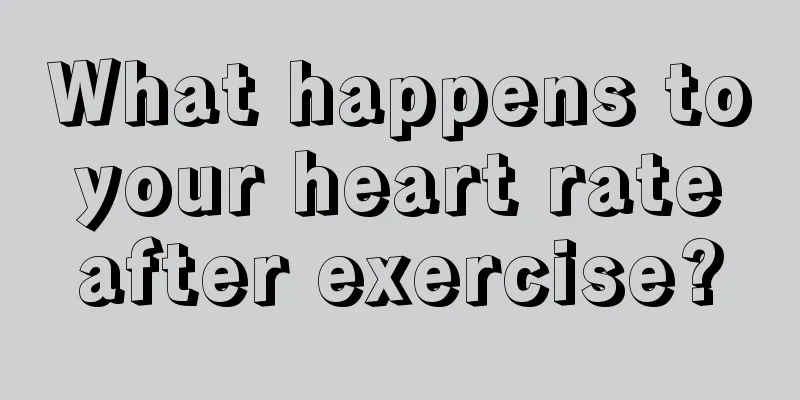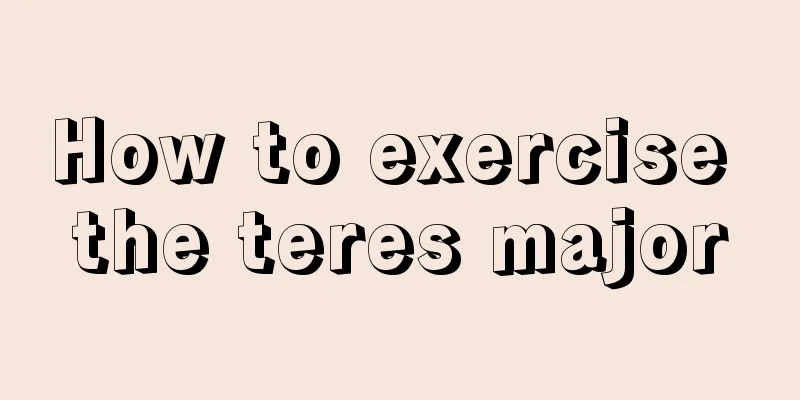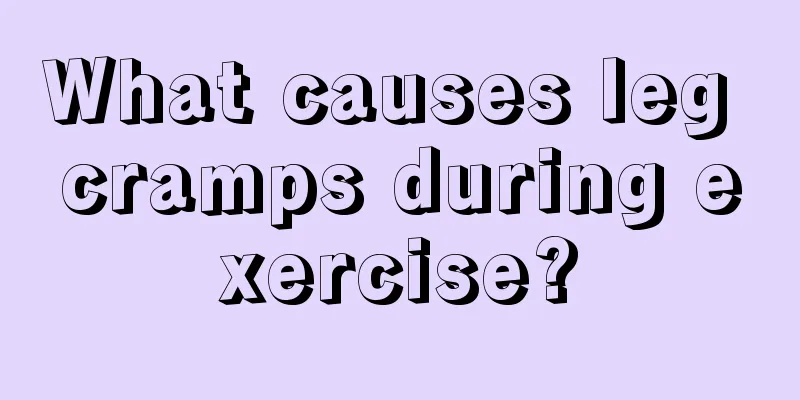What happens to your heart rate after exercise?

|
After exercise, your heart rate will definitely change, which can help you achieve the effect of exercise. However, you should not ignore some common sense about the changes in heart rate after exercise. So now let me analyze and introduce to you, what changes will occur in heart rate after exercise? In this way, we can know what kind of exercise is more suitable for us and more beneficial to our health. Just like other organs in the human body, the cardiovascular system can only be improved under the stimulation of a certain exercise intensity, but this intensity cannot be too high, otherwise it will become anaerobic metabolic exercise. This heart rate range is called the "effective heart rate zone". After mastering the effective heart rate zone, you can control the amount and intensity of exercise when doing different sports. First, remember your pulse rate when you are at rest. You can feel your heartbeat on your neck (above the clavicle), wrist, or directly on your chest. Then count for 15 seconds and multiply by 4. This way you will know your heart rate when you are at rest. The second step is to determine the maximum heart rate according to age. Generally speaking, the younger the age, the higher the heart rate. The calculation formula is: Men's maximum heart rate = 205-age. Women's maximum heart rate = 220-age. Internationally, the maximum heart rate is generally calculated by dividing the value by 220 - age. Third, determine the effective heart rate range during exercise. For ordinary exercisers, 60%~85% of the maximum heart rate is a suitable and effective exercise heart rate range. Whether it is aerobic exercise or anaerobic exercise. Only by having a suitable heart rate can you achieve better exercise results. The commonly used formula is (maximum heart rate - heart rate before exercise) / 2 + heart rate before exercise. This formula can reflect the individual heart rate of different genders and ages. This formula applies to aerobic and anaerobic exercise. Although aerobic and anaerobic exercise are different forms of exercise, they can both increase the heart rate during exercise. For example, in interval training involving sports such as swimming, the heart rate is generally controlled within the optimal range of 120-150 beats/minute. Generally, the heart rate of students during morning exercise and running is controlled at 130-150 beats per minute. For adults, the intensity of exercise can be controlled by 170-age. So, whether you are doing aerobic exercise or anaerobic exercise, you can use that formula to know your optimal heart rate when exercising. In daily life, if we can pay more attention to the knowledge and understanding of these sports common sense, it will naturally have a good effect on our physical health. Especially during exercise, if we do not have enough understanding of the sports common sense that suits us, it is easy to get injured during exercise. |
<<: Introduction to Exercise Intensity Index
>>: Can I exercise if I have myocarditis?
Recommend
Is it good for middle-aged people to play basketball?
Some scientific studies have found that long-term...
How effective are push-ups?
I believe push-ups are familiar to many of my fri...
How to build muscle with dumbbells
Dumbbells play a very important role in our daily...
Taekwondo competitive training methods
The kicking movements of Taekwondo are very cool,...
Benefits of doing sit-ups for the first time
Physical exercise can make the body healthier, bu...
The best age for men to exercise
Muscle training at the age of 20 The "regula...
How to train back muscles at home_How to train back muscles at home
The back muscles are the second largest muscle gr...
What is the function of yoga ball
We all know that yoga is a very healthy exercise....
How to exercise the neck and back muscles
Every inch of muscle in the body should be valued...
Aerobics
It is well known that for people who need health ...
What are your usual leisure sports?
Everyone likes sports because they can exercise a...
Everything a beauty salon can give you, it gives you for free
Today I will introduce to you some classic yoga b...
What is the fitness plan for thin men?
While many obese people today are trying all kind...
What are the exercises for vest line?
What is the most popular exercise for girls to sh...
These three common senses on the "road" to weight loss for women are actually ignored
For female friends, if they want to maintain heal...









